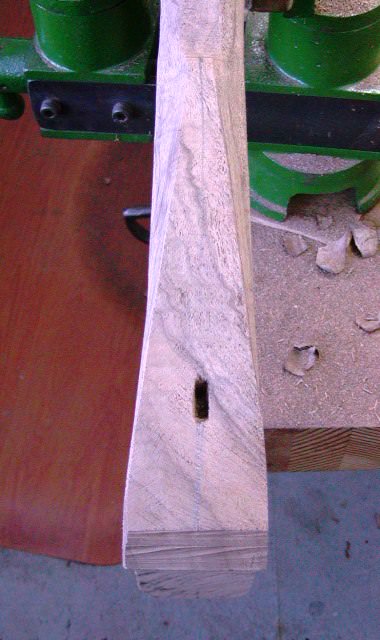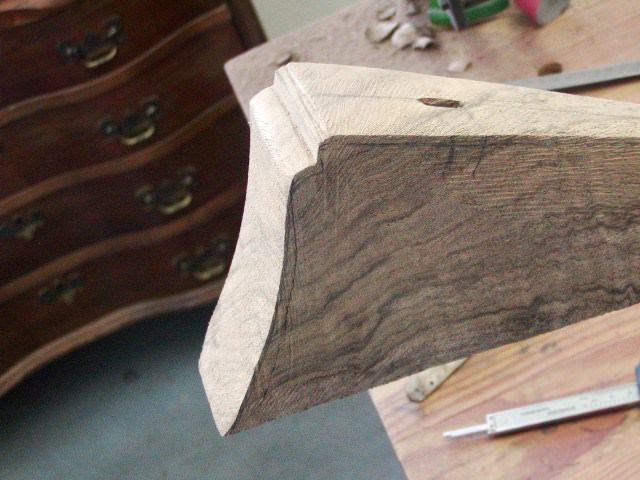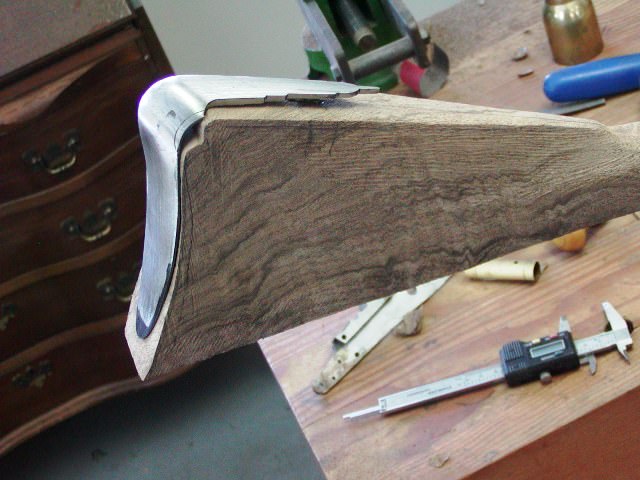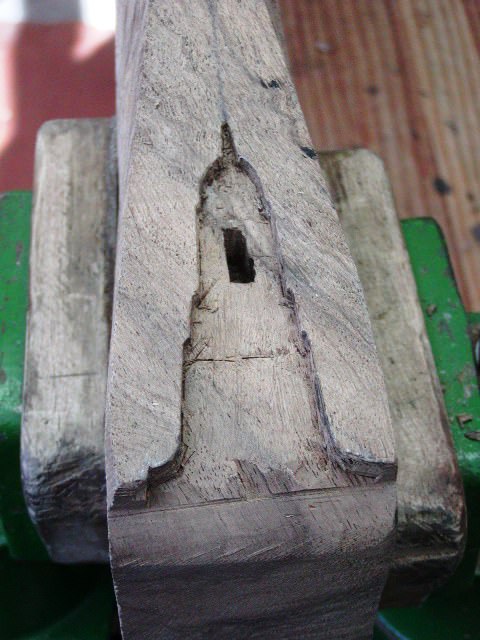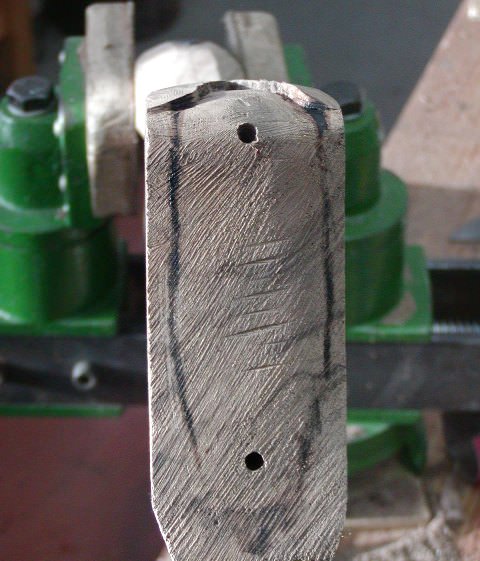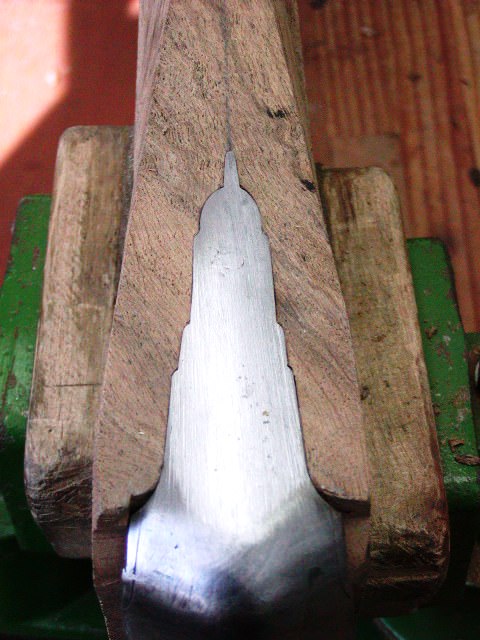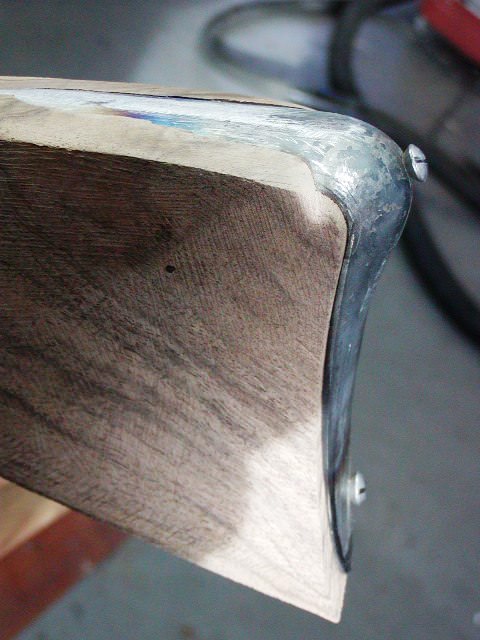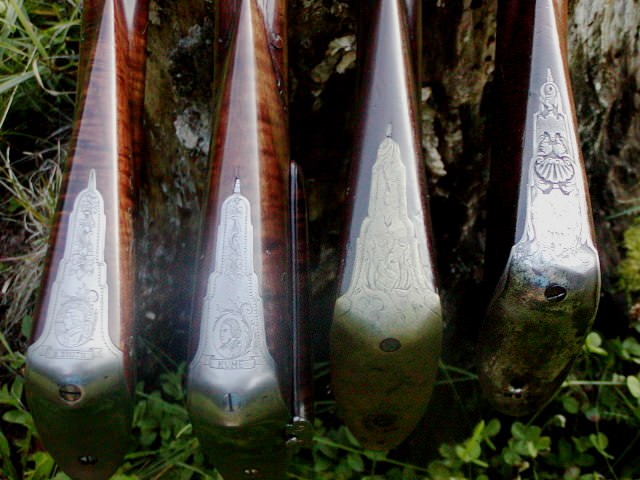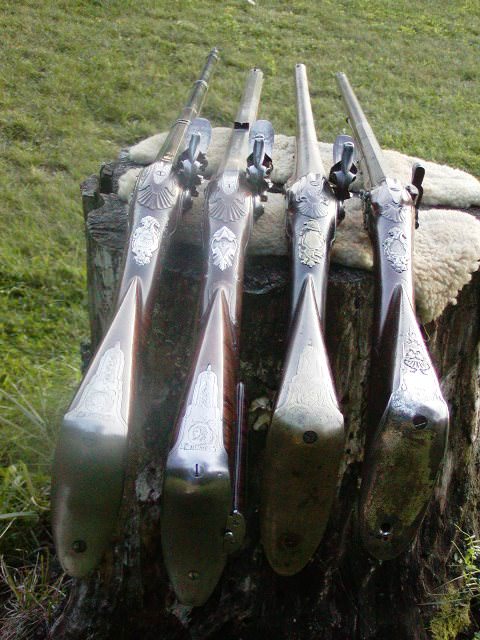GANGGREEN
45 Cal.
I've done a handful of "standard" buttplates and really didn't mind them and had reasonable results by inletting the tang of the butt down first and then inletting the toe and heel into the butt. Tedious for sure, but it's not hard and the results are good if you use inletting black and go slowly. I also did a standard fowler buttplate a number of years ago and had good results with it as well, but I can't remember the process that I used to inlet it. I struggle with chronic Lyme disease and at times remembering or completing a process is difficult.
I'm referring to something like this and would be happy if someone had a tip for getting them in nice and easy since it appears that you almost have to inlet down and in at the same time. I already used the search function and couldn't find anything. Thoughts?

I'm referring to something like this and would be happy if someone had a tip for getting them in nice and easy since it appears that you almost have to inlet down and in at the same time. I already used the search function and couldn't find anything. Thoughts?








